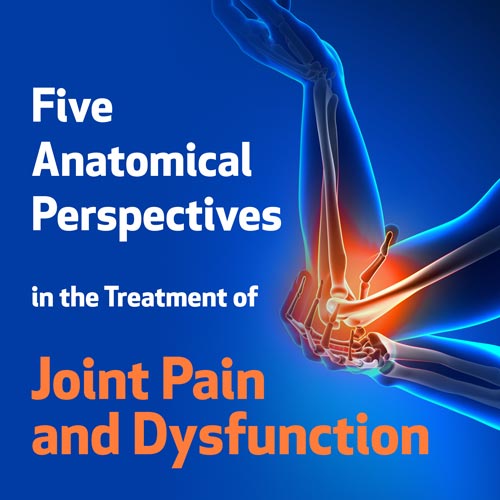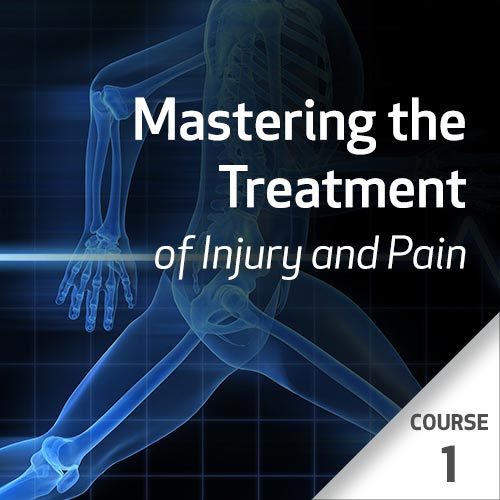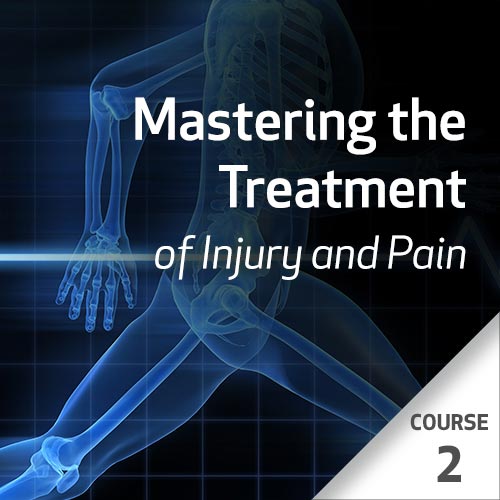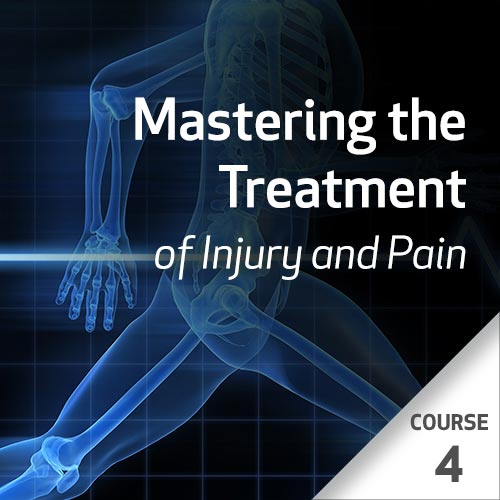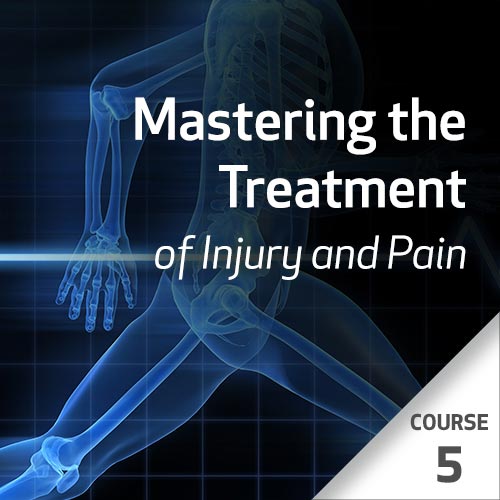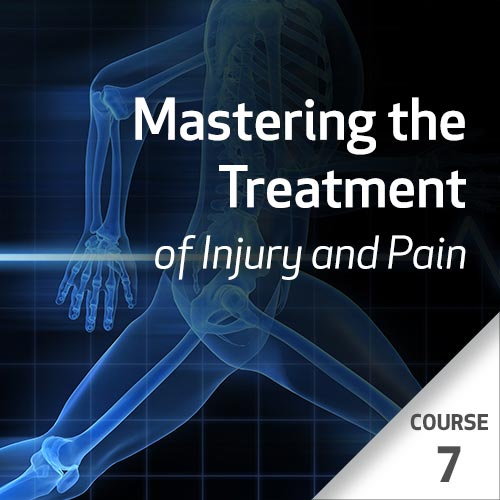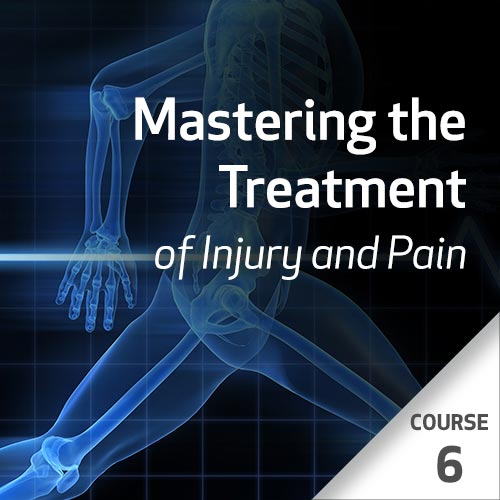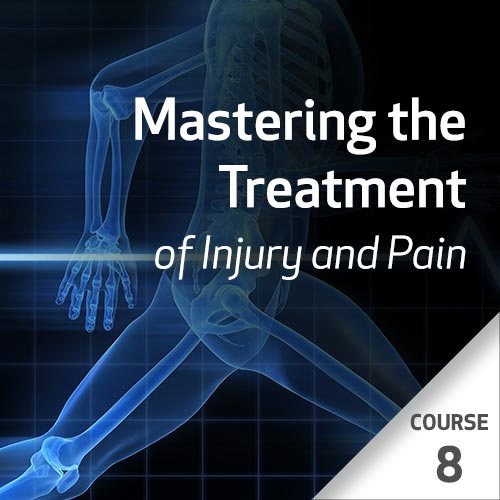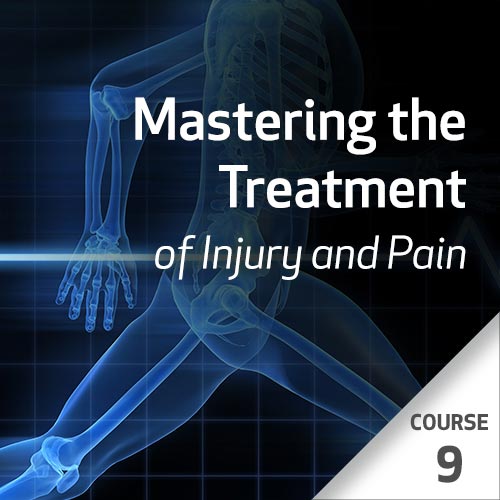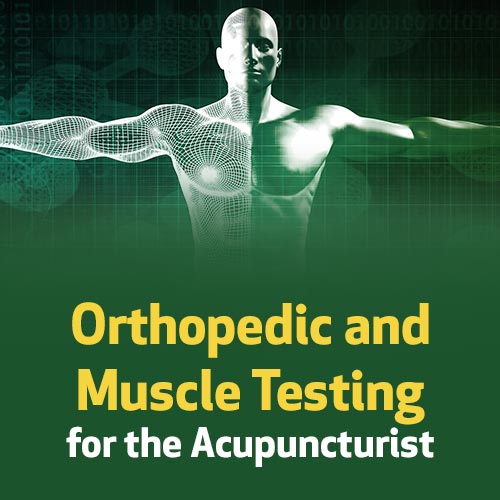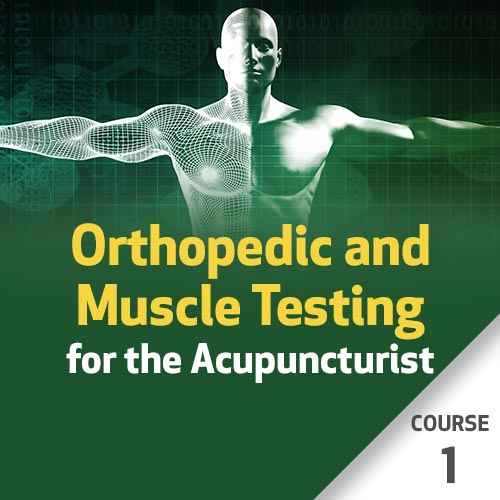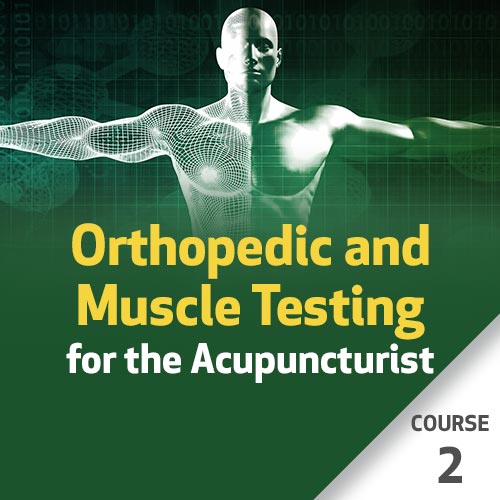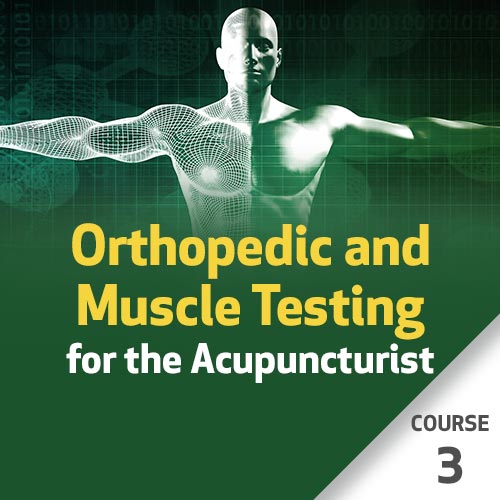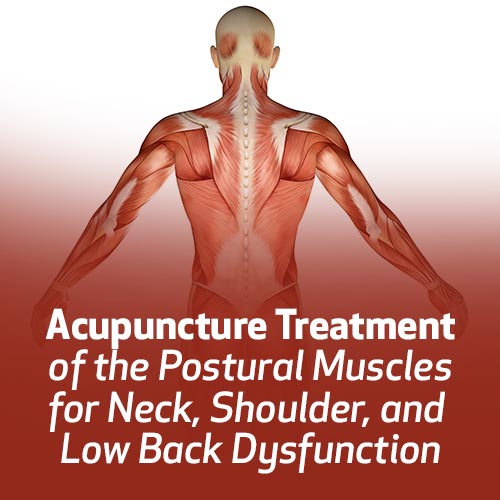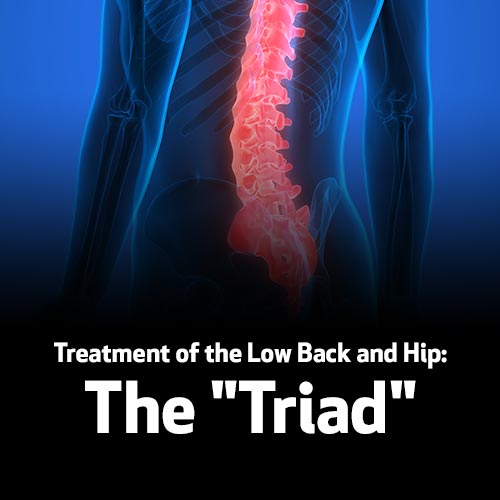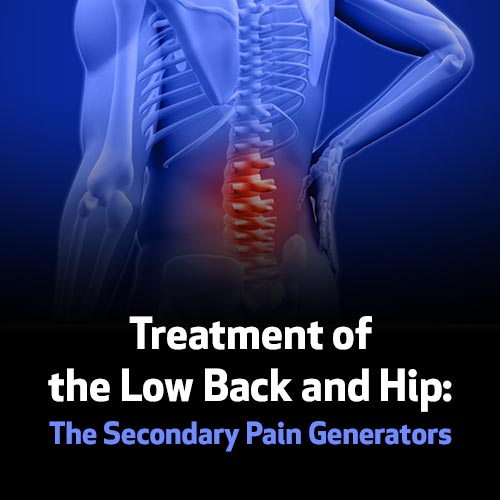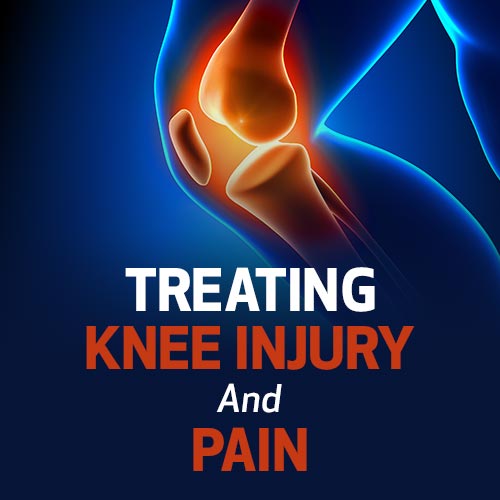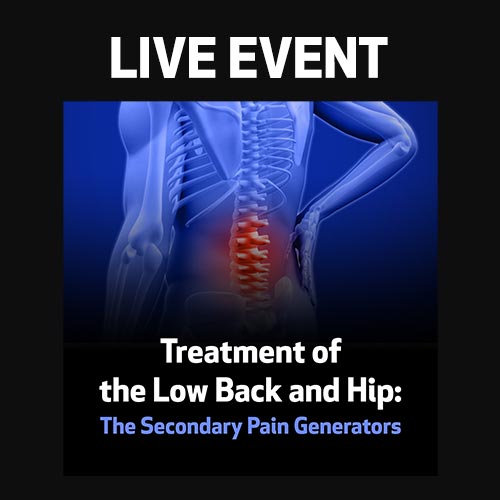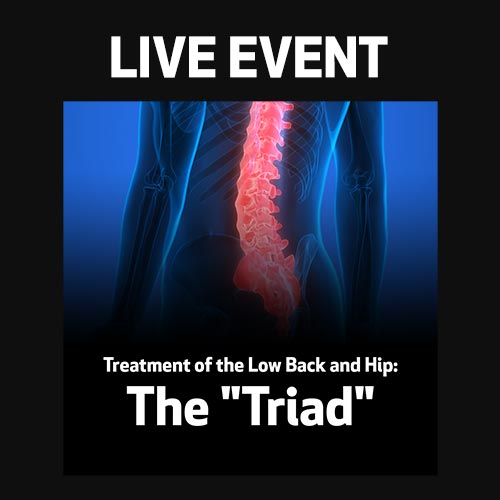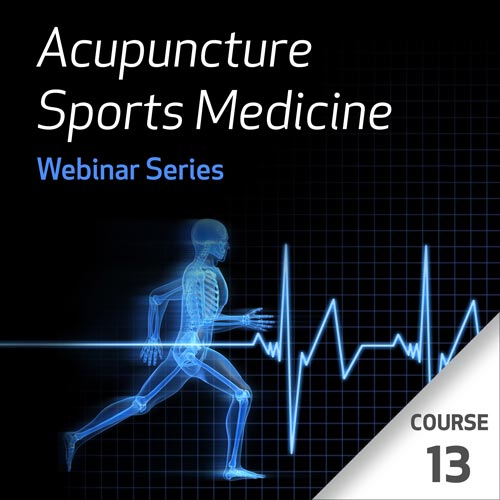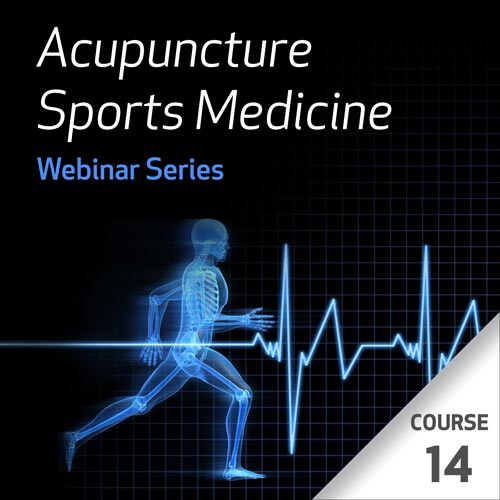Visão Geral Do Curso
This is a Live Webinar event that will be held on March 11, 2025 - 9pm BRT.
Insights on Regional Interdependence is a three-hour online course exploring the western physical medicine conepts of inter-relationships. Based upon anatomy and functional movement, it leads to assessment and point selection that extend beyond the local dysfunctional tissues. Nothing here is new to the acupuncturist – treating proximal and distal points is commonplace. However, understanding the language may be beneficial in communicating to the patient as well as other involved practitioners. And some of the relationships found in regional interdependence may even expand acupuncture protocols.
Summary of the course:
1. Stability and Mobility
This concept fully embraces TCM’s concepts of yin and yang. For example, joint mobility (yang) is expressed through the presence of stability (yin).
2. Compensation for Muscular Dysfunction
Muscles have different functions, but must work together for mutual support. Failure in one muscle often affects other muscles of the region.
3. Common Neurologic Influences
Structures in a region may share the same nerve. With neurologic dysfunction, more than one of these structures may be affected.
4. Reciprocal Inhibition
Reciprocal inhibition is a neuromuscular process in which muscles on one side of a joint relax to allow the contraction of muscles on the opposite side, enabling smooth and coordinated movement.
5. The Kinetic Chain
Multiple areas of stagnation result when a muscle or joint along the kinetic chain fails to function properly.
The recordings will be made available for you to review after the event!
Objetivos
-
Learn 3 treatment points for both joint stability and joint mobility.
-
List 3 examples of dysfunction due to compensation involving an inhibited muscle in a region.
-
Name 3 nerves that may be involved in dysfunction of multiple muscles that it innervates.
-
Describe points that may be used in treating both the involved muscle and its reciprocal inhibited paired muscle.
-
Describe dysfunction that occurs along the kinetic chain that results from inhibition and dysfunction of the Gluteus medius muscle.
Descrição
March 11, 2025 - 9pm BRT (3 hrs)
Introduction to regional interdependence.
Stability and mobility of joints along the kinetic chain, and the points involved in their treatment.
Discussion of muscles that tend to inhibit and thus cause dysfunction in the region.
Nerves that tend to be entraped or otherwise dysfunctional that cause muscles to be inhibited and dysfunctional.
Reciprocal inhibition, and understanding paired muscles that have yin/yang relationships in terms of flexion and extension.
The Gluteus medius and the kinetic chain from the hips to the feet.
Summary of regional interdependence, and how to develop treatment protocols that include these dysfunctions.
Testemunhos
-
Heather B. (Canada)
Outro ótimo curso do Sr. Reaves. Estou ansioso para continuar meu treinamento on-line com ele. Ele é um professor interessante com uma abordagem muito concisa. (Traduzido automaticamente da EN)
Testemunhos
Outro ótimo curso do Sr. Reaves. Estou ansioso para continuar meu treinamento on-line com ele. Ele é um professor interessante com uma abordagem muito concisa. (Traduzido automaticamente da EN)
Heather B. (Canada)
Professor
Whitfield Reaves
In practice for over 40 years, Whitfield Reaves, OMD, L.Ac., specializes in the field of sports medicine. Being in the forefront of the acupuncture sports medicine field, Whitfield's experience includes working with athletes at the 1984 LA Olympic Games at the 1984 LA Olympic Games and countless other sport competitions since. He is an author, he teaches internationally as well.
Aviso Legal
Please read these important disclaimers before purchasing:
...



